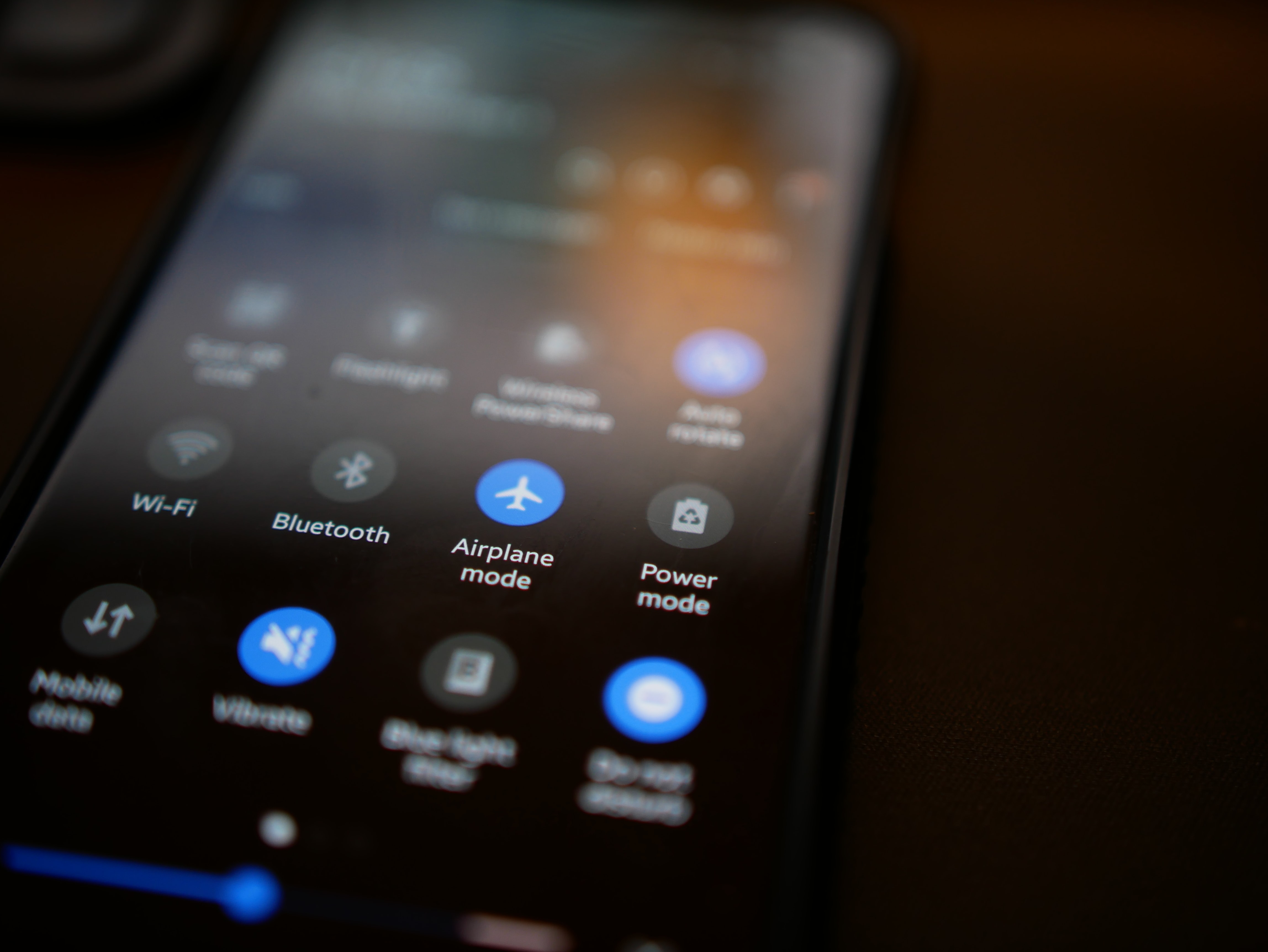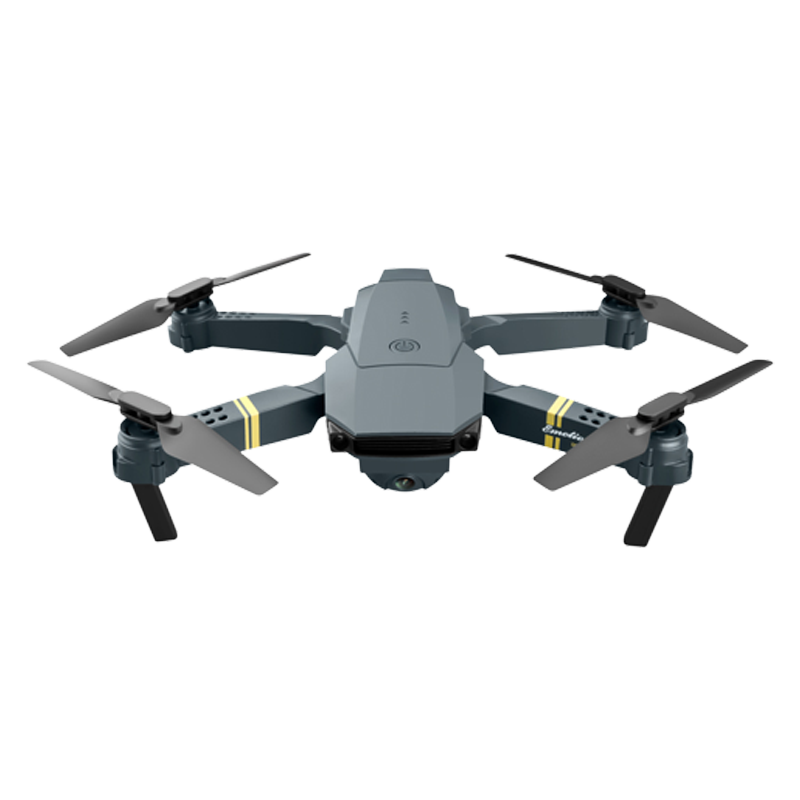Why The Airline Industry Is Concerned with Your 5G Phone

There has been a recent outcry from aviation authorities and airlines in the US regarding the rollout of new 5G mobile network services and the incumbent cell towers that will need to be erected for this new era of hyper-fast mobile connectivity to come to the fore.
The question is, why is the airline so concerned about 5G if it is an assumedly safe technology?
What is 5G?
5G stands for Fifth Generation mobile network. What it does for us, as the general population, is it allows us to connect much faster than ever before. Not only that, but it also allows for the interconnectivity of practically any technological object, device, or machine. Historically, 1G which was rolled out in the 1980s only delivered voice telecommunications in analog format. 2G was rolled out in the 1990s and digital voice telecommunications were the epitome of this generation. 3G came just a decade later, bringing mobile data with it. This was the turning point as we could now use our mobile devices to access the internet. Finally, 4G was put into effect post-2010, and mobile broadband became part and parcel of digital devices.
5G, like all the previous generations, isn’t just geared towards the average consumer. It has been developed in order to streamline the mobile ecosystem in such a way that a number of industries can have pertinent data as well as precision remote operations at their fingertips.
How does 5G Impact Airlines?
Across the globe, different network providers use an array of frequencies to carry data via airwaves. While many network providers outside of the US use frequencies that are similar to previous generations of network connectivity, the US uses frequencies that are quite close to those used by most aircraft.
The altimeters that are used to guide aircraft in poor visibility use a 4.2 to 4.4 gigahertz band and the two major proponents for 5G in the US – Verizon and AT&T – will be using frequencies up to 4.2 gigahertz.
What’s the Risk?
These frequencies are used to guide planes in poor visibility weather conditions and, in some cases, to fire up the reverse thrusters as the plane makes its descent for landing. This means that if at any point, the frequencies become distorted due to 5G interference, there is a possibility that the pilot won’t be able to carry out a successful landing in bad weather or slow the plane enough to make a safe landing. Essentially, they could overshoot the runway and the outcomes could be catastrophic.
Certain aircraft, due to this fact, might never get clearance for landing if 5G towers are built too close to airports. This would devastate the current route planning systems, put passengers at risk, and most likely cause unnecessary flight delays.
Is there a Resolution?
Over the years, the use of mobile phones in certain places has been prohibited. Gas stations, airports, and other areas that require the use of technical radio equipment have, more the most part, had bans on mobile phone usage within the immediate vicinity.
The probability of interference is low, but if interference ever runs an issue near an airport, the results would be dangerous for everyone on board inbound aircraft as well as those on the ground within the surrounding areas.
Both AT&T and Verizon have delayed the rollout of their 5G networks on multiple occasions due to safety concerns and objections from the US Federal Aviation Administration or FAA. The Federal Communications Commission has had to act as an intermediary between aviation authorities and the networking giants, putting a hold on widespread rollouts of 5G towers.
The Future Outlook for 5G
According to the FAA, they have issued new approvals for about 78% of the US commercial air fleet. These approvals allow these aircraft to perform low-visibility landings at airports with 5G towers nearby. (1) Network providers in the US have also committed to keeping their 5G towers a minimum of 2 miles away from all major airports in the country.
However, close to 2,000 notices have been issued to airlines and their pilots, stressing the importance of not flying near known hazards, such as 5G towers. Due to the sheer volume of air traffic congestion, these slight deviations in flight paths could lead to several airlines pulling flights from certain airports or having to cancel flights where 5G towers obstruct a safe route to land.
Time will tell if an actual amicable and safe resolution will materialize.
Keep up to date on the impending changes that might arise if all 5G networks are switched on and be sure to stay abreast of which aircraft and airlines will be your safest bet in the battle of aircraft vs. 5G.




